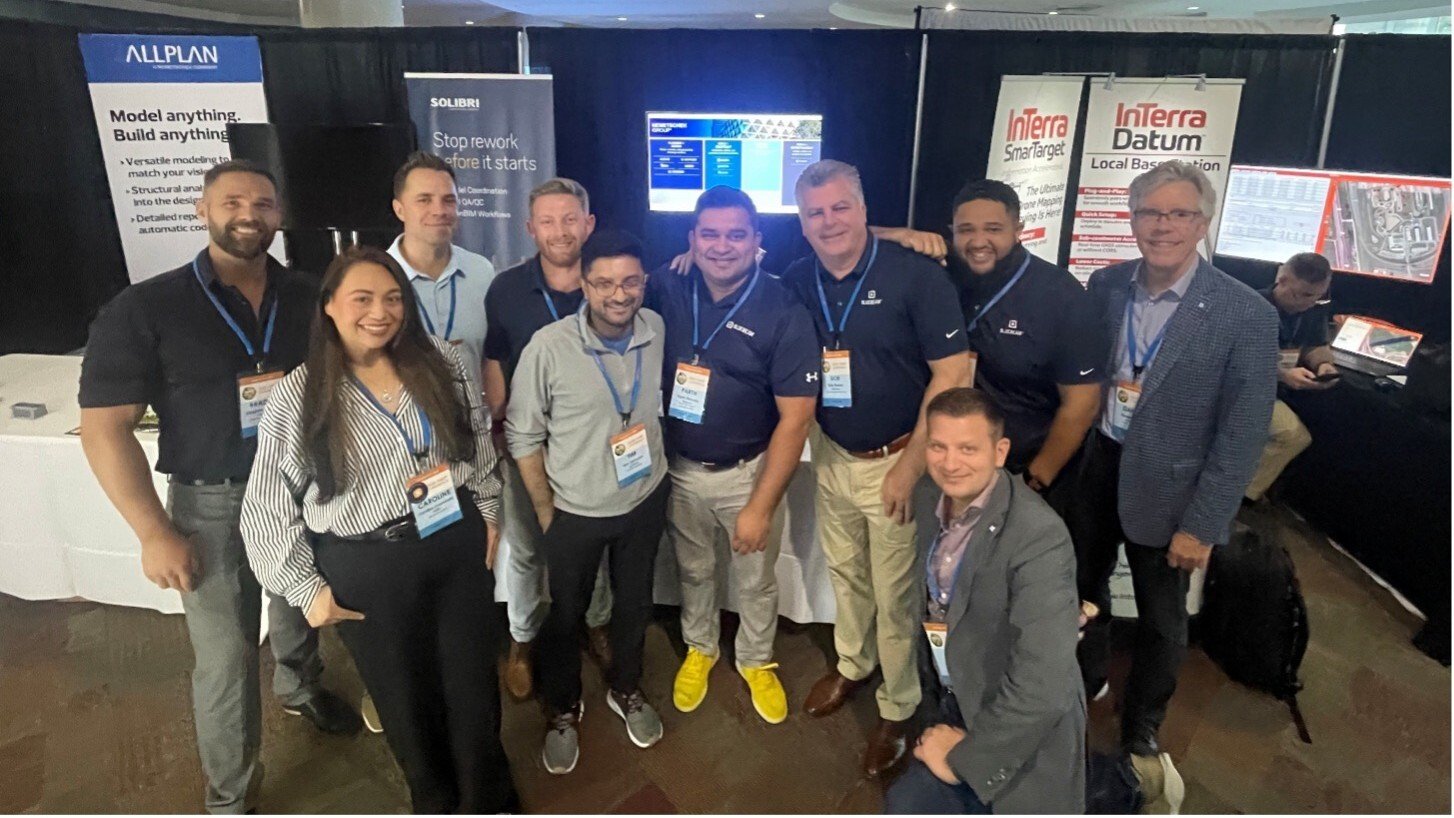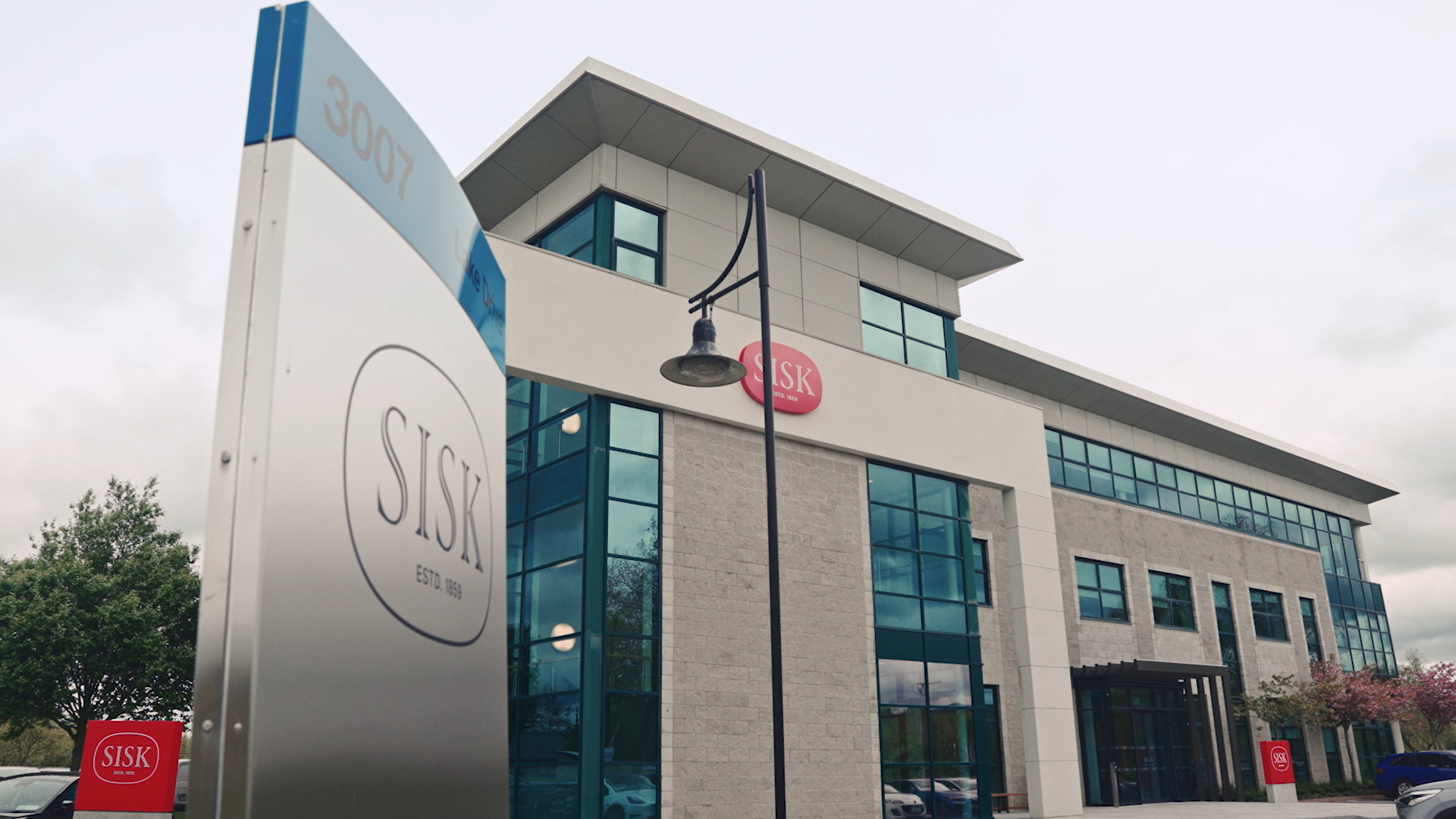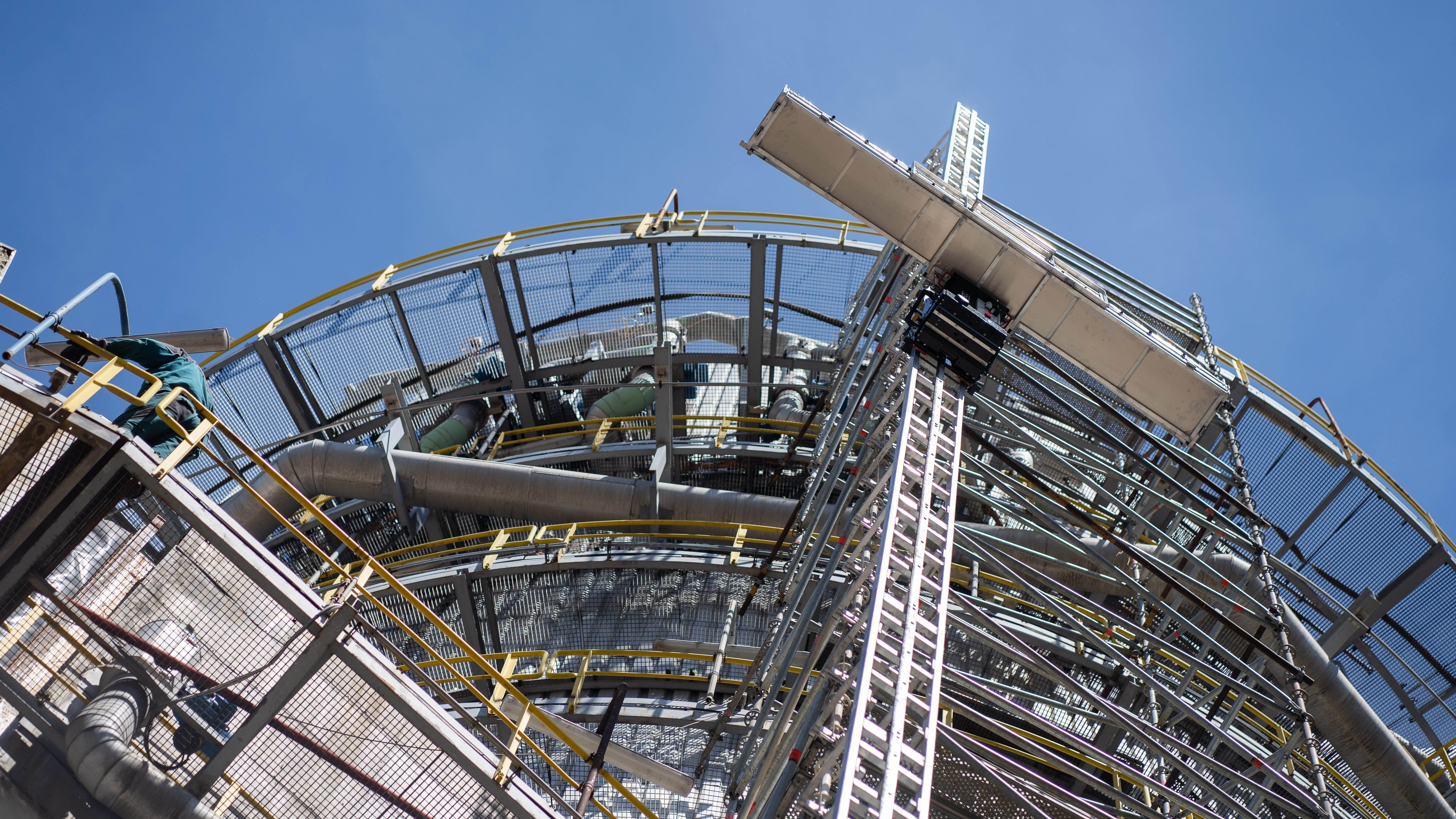Shaping Sustainability: Plan, Build and Operate Buildings More Sustainably And Efficiently
Due to scarce raw materials and climate change, solutions must be found. Using existing resources more sustainably and efficiently is one of them.
Author
Nemetschek Group


This article belongs to the collection Sustainability
To the topic pageTwo megatrends are dominating the social discussion, both presenting major challenges – and opportunities. Alongside digitalization, sustainability is right in the spotlight. Climate targets, the circular economy, CO2 pricing, the use of the latest methods and processes – there are countless initiatives and measures across the construction industry to curb climate change and its consequences. The good news is that significant improvements can be achieved with proven digital solutions. Over the entire lifecycle of a building, all professions can plan, build, and manage much more efficiently and thus more sustainably – cost savings included. The project examples show a clear picture: efficiency and sustainability across the building lifecycle go hand in hand – when relying on the right software tools.
A Prime Example of Sustainable Planning – “The Polar Bear Building”
Germany’s most sustainable building yet is known as the “Polar Bear Building” and is the headquarters of the design company BANKWITZ. It has already received several awards from the German Sustainable Building Council (DGNB). The building comprises three components, which were designed based on the passive house standard. One of the components even comes without its own heating system and is therefore considered climate-positive purely from a structural perspective. Moreover, the building was planned entirely using BIM. The reinforced concrete and timber hybrid construction places a rigorous focus on sustainability: resource-efficient concrete was used where possible. A timber frame construction made from prefabricated wooden elements with cellulose insulation forms the external walls. The facade of untreated, rough-sawn timber can be dismantled and recycled without affecting the supporting structure. In addition, all the building technology is controlled by software.
Covering Energy Needs Internally – Through Impressive Architecture
The world’s first net-zero restaurant from McDonald’s in Florida serves not only as a fast-food restaurant, but also as a learning center for testing and developing sustainable approaches for the group’s restaurants. When the 8,000m² building was renovated, solar collectors, mobile wall units, natural shading, solar lighting, innovative heat reduction technologies and a unique steel structure were used to create a sustainable building. The McDonald’s branch generates enough renewable energy to achieve a balance between the quantity of emissions produced and removed from the atmosphere – in other words, it is “climate neutral.”
The architecture of the building is also impressive, as the 18,000m² butterfly roof – with its 10m cantilever and mountings for over 1,000 solar panels – is unique. Due to wind sensitivity, the structure of the roof had to be anchored deep into the ground. The mainstays of the Drive Thru, which support the highest end of the roof, also had to be two-thirds filled with concrete. It was possible to plan the quantities exactly and thus also sustainably only through the use of software.
Sustainable Construction – a Passive House with a Sophisticated Structure
The passive house “De Zonnegroet” – or “The Sun Salutation” – was built primarily from hemp lime. In addition, other ecological materials were used in this project in the Netherlands. The highly clayey subsoil on the site in Zeewolde presented a particular challenge for this project. Accordingly, a special slab foundation was chosen: a continuous reinforced concrete slab with edge beams on an insulating and load-bearing layer of foamed concrete. This approach means that the ground pressure is very low, and the likelihood of settlement has been greatly reduced. The building itself is 95% wood construction – including roof slabs, floor slabs, walls, facades, beams, and columns – which was supplemented by a steel beam on the first floor living room area.
For the structural design, it was possible to create the entire building model and design most of the structural components. The complex building could be modeled very easily and efficiently by relying on digital software solutions. Because several variants were calculated without much effort, the design could be adapted as needed during the construction process. The software also served as a communication tool within the planning team and ensured that both technicians and customers were always up to date.
Prefabricated Construction Methods – More Efficiency, Less Waste
Vienna is one of the fastest growing cities in Europe. To meet the rising demand for affordable housing, a new district is being developed in the east of the city: aspern Seestadt. A large proportion of the buildings are being built using prefabricated construction methods. This involves manufacturing the elements off-site before transporting them to the construction site and combining them with other building components. This prefabrication method increases quality, reliability, and safety. It also raises productivity on the construction site and significantly reduces the amount of construction waste through more precise planning and optimizing materials. In addition, waste can be reduced by 90% and is recycled directly at the factory. Working with software-based planning tools is a basic prerequisite for this. One of the first prefabricated projects constructed in aspern Seestadt is the award-winning “townhouse D10”. The building complies with a low-energy standard and has a particular focus on resource efficiency. The origin of materials also plays a major role: the distance between the construction site and the production sites of some building materials is under 100km.
More AI – Less Energy Consumption
Woodie’s, the market leader for DIY and construction market products with 35 branches in Ireland, uses a combination of energy management solutions and ongoing energy optimization techniques to reduce energy consumption and CO2 emissions. Woodie’s has already decreased carbon emissions by 14% in the first year by monitoring energy consumption on a half-hourly basis. Woodie’s is supported by Energy & Technical Services (ETS), a European energy management and building technology provider. ETS follows a data-driven approach that uses real-time energy consumption data to generate sustained energy and carbon savings. The map function of the energy management platforms provides a geographical view of each branch and a color-coded benchmark. Each branch, with the lowest to the highest energy consumption, is categorized using various criteria. This function shows the user briefly which branches in the entire portfolio are the best or worst performing.
More Digitalization – and More Sustainability
These examples demonstrate how the use of the right software tools can accelerate sustainability in construction through improving efficiency. By relying on digital solutions, the management of a structure can also be optimized, and better, fact-based decisions can be made. Another advantage of digital tools is that even years later it is possible to see which material was used where – this is the only way to reuse raw materials. The two challenges of digitalization and sustainability thus go hand in hand – with the construction industry as a good example of much untapped potential.
-Bankwitz-planen-bauen-GmbH.jpg)
%20CPH.jpg)
-Martin-Heijl---De-Architectuurguide.jpg)
-Luiza-Puiu.jpg)
-Woodies-DIY-Store%2c-Ireland-(2).jpg)



